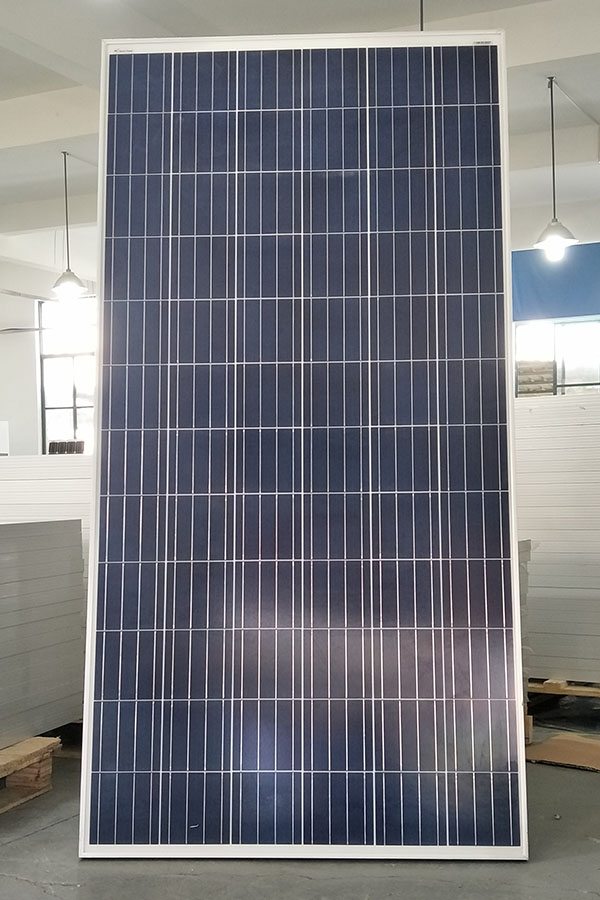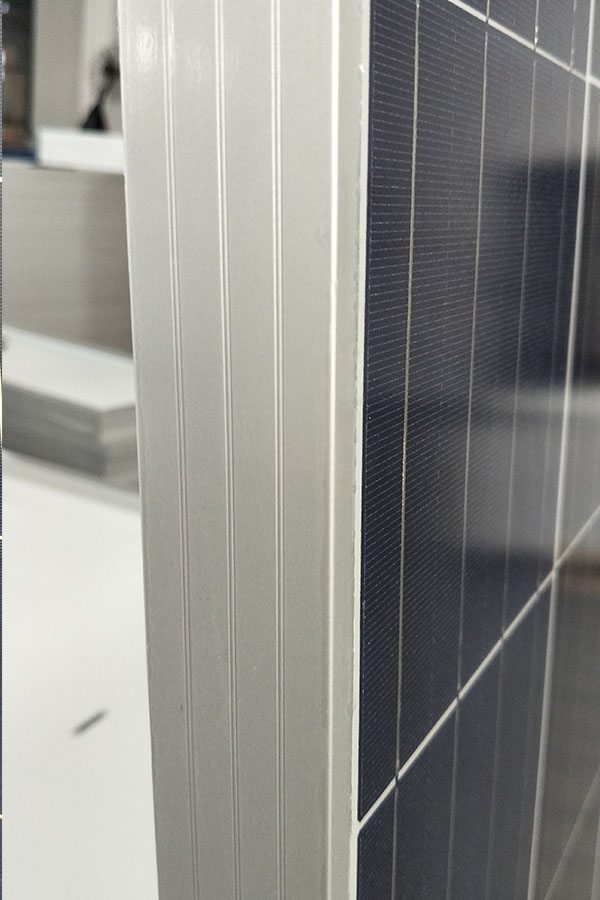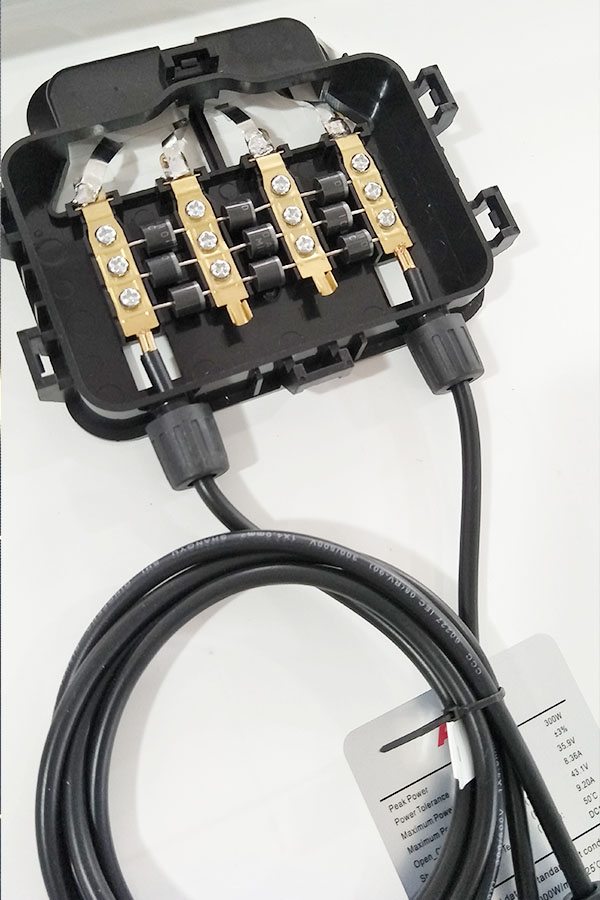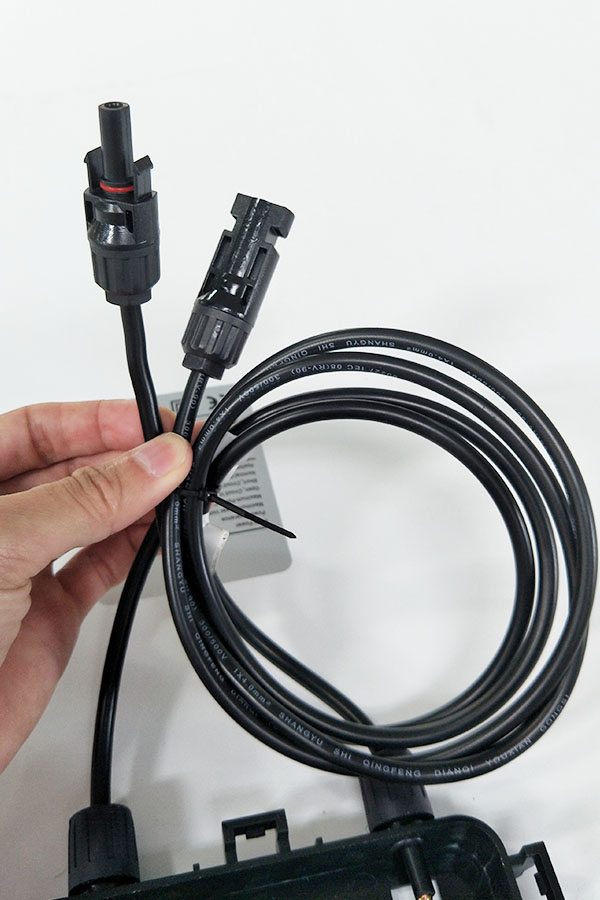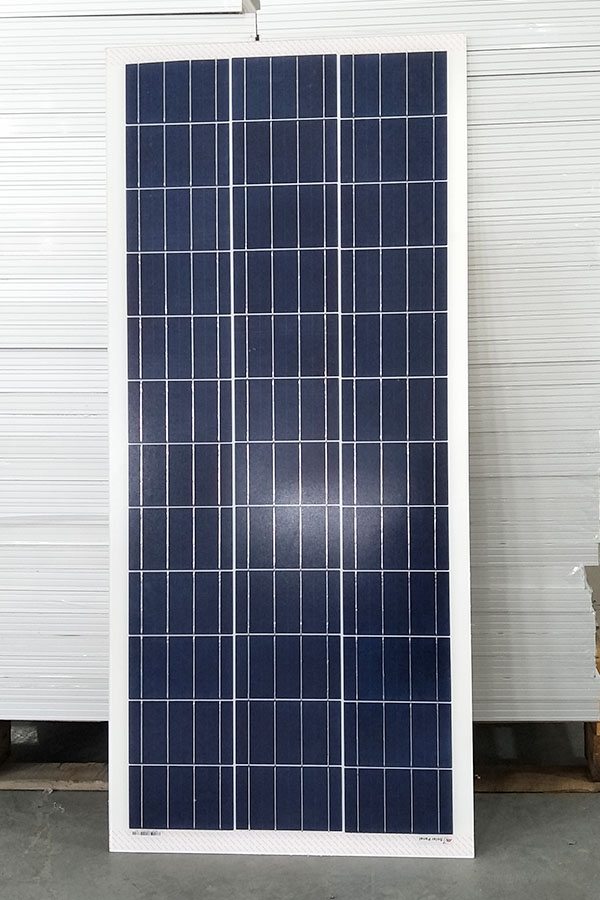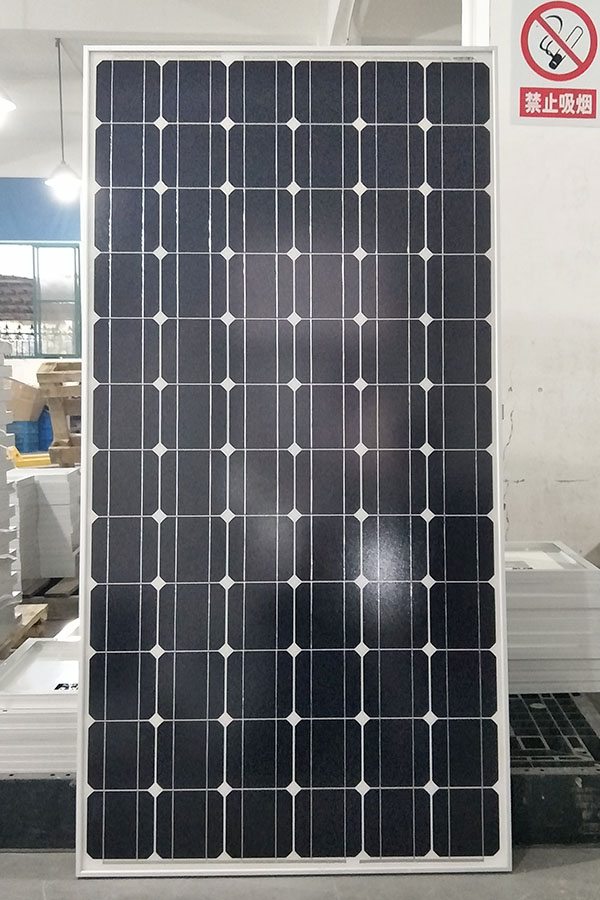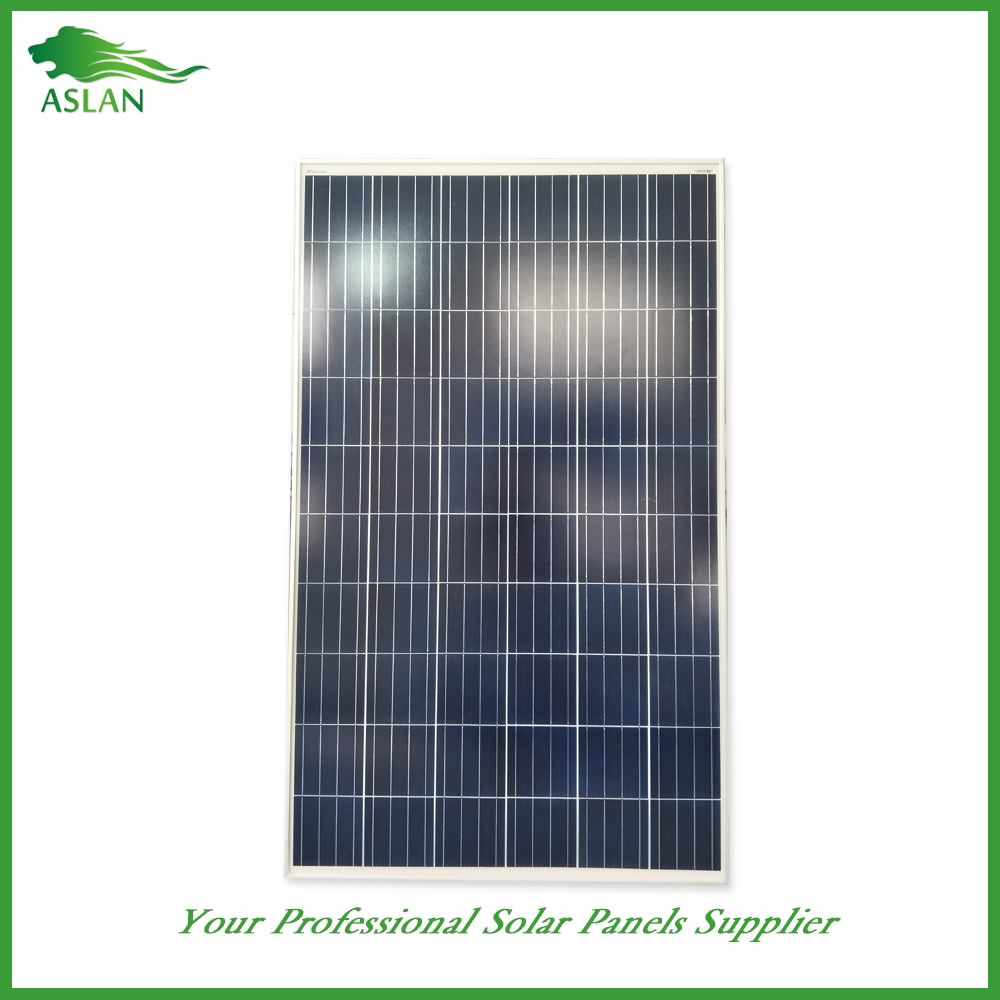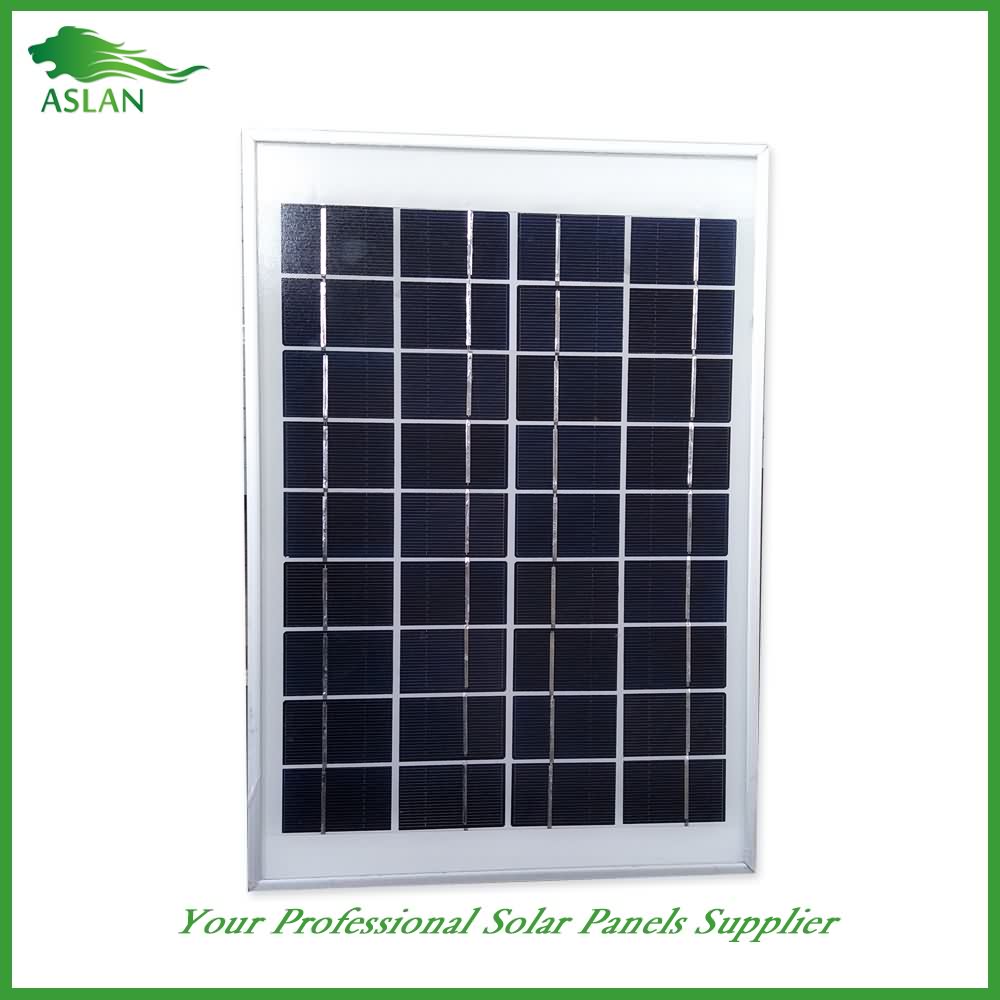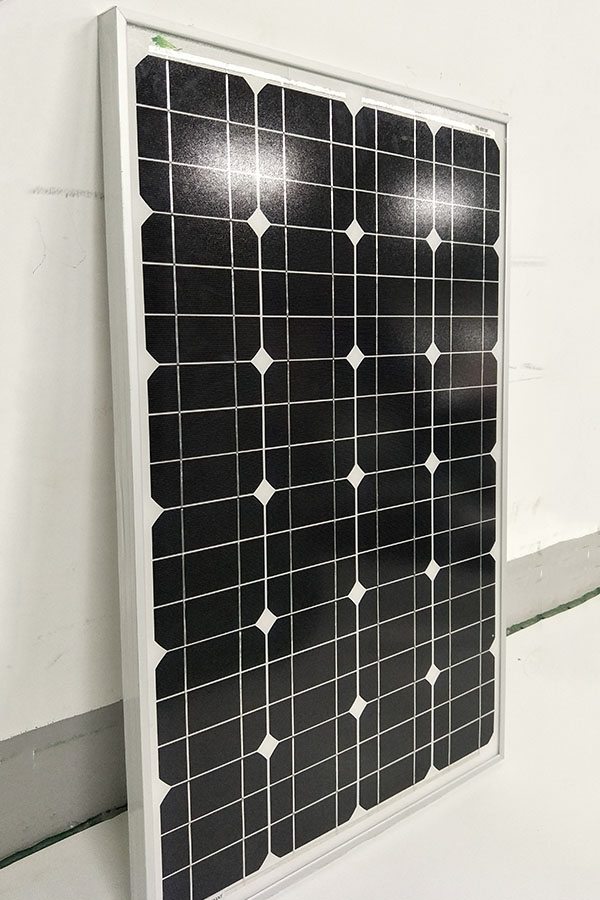12 Years Factory Poly-crystalline Solar Panel 300W Wholesale to Barbados
Short Description:
With our leading technology as well as our spirit of innovation,mutual cooperation, benefits and development, we will build a prosperous future together with your esteemed company for 12 Years Factory Poly-crystalline Solar Panel 300W Wholesale to Barbados, We welcome new and old customers from all walks of life to contact us for future business relationships and achieving mutual success!
Poly-crystalline Solar Panel 300W
Technical parameter
Maximum Power(W) 300W
Optimum Power Voltage(Vmp) 37.15V
Optimum Operating Current(Imp) 8.08A
Open Circuit Voltage(Voc) 45.30V
Short Circuit Current(Isc) 8.87A
Mechanical Characteristics
Cell Type Poly-crystalline 156x156mm (6 inch)
No of Cell 72 (6x12pcs)
Dimensions 1956x992x50mm
Weight 22.5Kg
Front Glass 3.2mm,High Transmission, Low Iron,Tempered Glass
Junction box IP65 Rated
Output Cable TUV 1×4.0mm2/UL12AWG,Length:900mm
Temperature and Coefficients
Operating Temperature(°C): -40°C ~ + 85°C
Maximum System Voltage: 600V(UL)/1000V(IEC) DC
Maximum Rated Current Series: 15A
Temperature Coefficients of Pmax: -0.47%
Temperature Coefficients of Voc: -0.389%
Temperature Coefficients of Isc: 0.057%
Nominal Operationg Cell Temperature (NOCT): 47+/-2°C
Materials of solar panel
1).Solar Cell——Poly-crystalline solar cell 156*156mm
2).Front Glass——-3.2mm, high transmission, low iron, tempered glass
3).EVA——-excellent anti-aging EVA
4).TPT——-TPT hot seal made of flame resistance
5).Frame——anodized aluminum profile
6).Junction Box——-IP65 rated, high quality, with diode protection
Superiority: high quality anodized aluminum frame, high efficiency long life, easy installation, strong wind resistance, strong hail resistance.
Features
1. High cell efficiency with quality silicon materials for long term output stability
2. Strictly quality control ensure the stability and reliability, totally 23 QC procedures
3. High transmittance low iron tempered glass with enhanced stiffness and impact resistance
4. Both Poly-crystalline and Mono-crystalline
5. Excellent performance in harsh weather
6. Outstanding electrical performance under high temperature and low irradiance
Quality assurance testing
Thermal cycling test
Thermal shock test
Thermal/Freezing and high humidity cycling test
Electrical isolation test
Hail impact test
Mechanical, wind and twist loading test
Salt mist test
Light and water-exposure test
Moist carbon dioxide/sulphur dioxide
Part two of my series on parasitic loads in offgrid solar systems and the dramatic effect they can have on the amount of batteries you need and the overall efficiency of your off grid solar system. In this video I talk about something I’ve done that has dramatically reduced these parasitic loads – the use of DC/DC (or ‘buck’) converters – throw away your wall warts and enjoy a much more efficient system. Here’s some references:-
How much of your battery power is actually used to do real AC work? http://www.solar-facts.com/inverters/inverter-efficiency.php
What is a Buck Converter? http://en.wikipedia.org/wiki/Buck_converter
I got a scrap 36 volt forklift battery that I plan to experiment with to see if I can put some of the cells into service for my off grid solar homestead.
I have read that forklift batteries are the ultimate best in solar power use. The problem with them is their weight. This battery weighs 2,000 pounds and it is nearly impossible for a home owner to move something like this around. This is what keeps most off grid solar homes from using forklift batteries.
Price per Amp hour and for the years of service life it seems that you cannot beat a forklift battery. These can last up to 20 years or more. Even tired, used batteries like this one can last up to 20 years in solar power use.
I am hoping to get a couple banks of usable cells from this huge battery. I do expect to find a few dead cells. That is to be expected from an old battery. It was no longer holding enough of a charge to run the forklift so it was scrap to the warehouse owners.
I first opened up all the caps and topped off the water levels with distilled water. Only use distilled water in a battery or you can damage the battery.
Next I wanted to check the voltage of each cell but the lead was dirty and I had to get my cordless drill and a wire brush to clean off all the battery terminals.
Next I checked all the battery cells for voltage. I found that most of the cells were not looking too bad. One was physically broken at the terminal and two more were flat out dead. This is exactly what I expected so I was not surprised at all.
I chose the two 12 volt battery banks that I wanted to save and got out the reciprocating saw.
Part II of my attempt to bring a forklift battery into service for my off grid solar tiny house on wheels is on the way.
Follow my daily progress on the path to self sufficiency on my off grid solar homestead.
https://www.youtube.com/user/techman2015/playlists?view=50&shelf_id=10&sort=dd
Please donate to help keep The Off Grid Project ™ going: https://www.paypal.com/cgi-bin/webscr?cmd=_s-xclick&hosted_button_id=3TQSWXLLRZ6HW
Join The Off Grid Project ™ and The Do It Yourself World ™ forum and share your ideas, tips and projects.
http://www.thediyworld.com/forum
The Off Grid Project ™ is presented by The Do It Yourself World ™.
http://www.TheDIYworld.com
